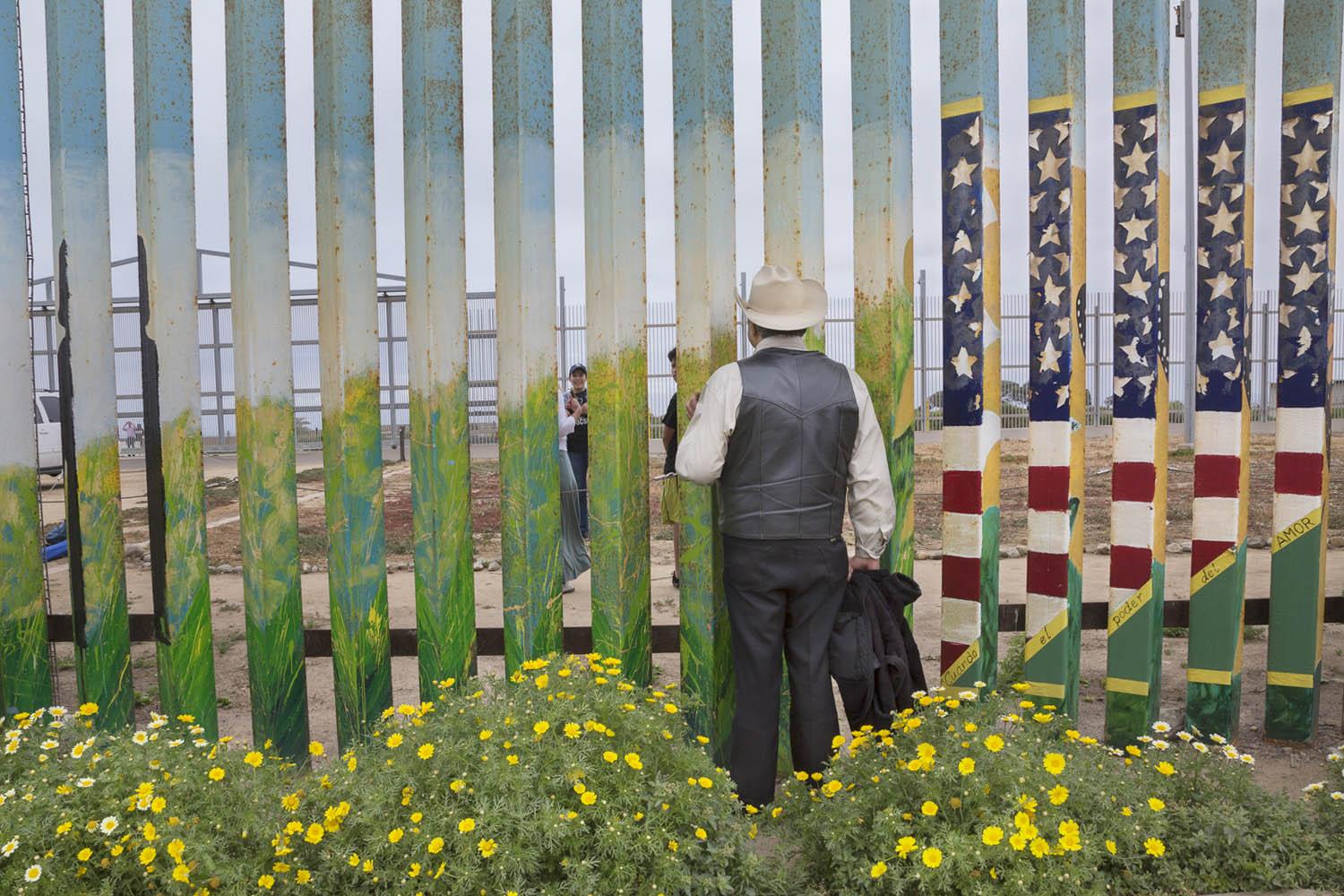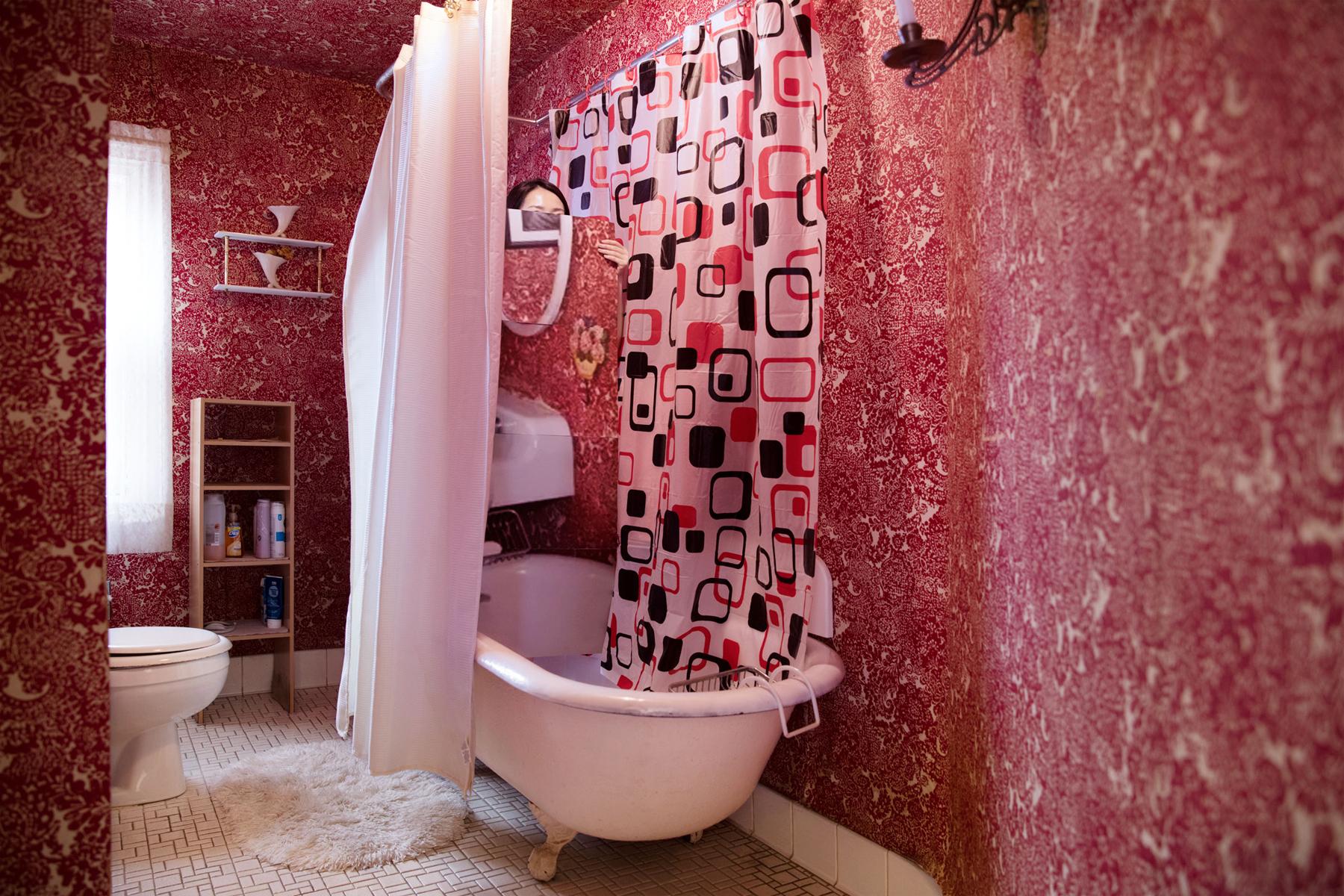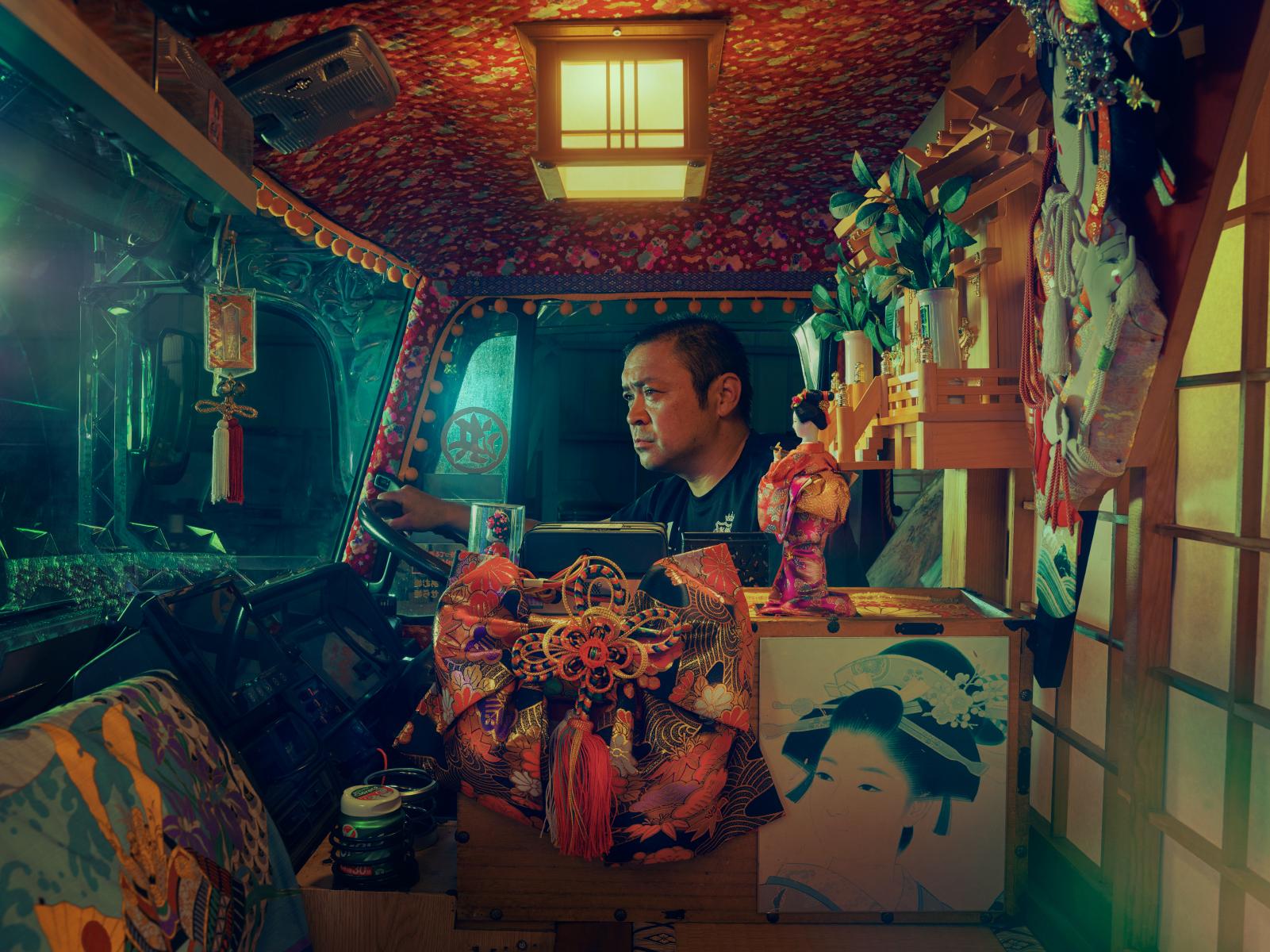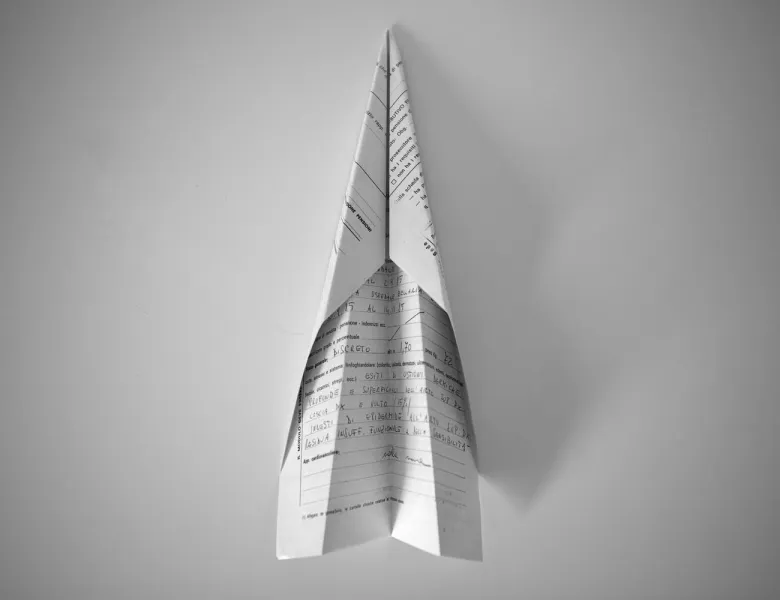THE FENCE 2018: The selection

We take a look at the winners of THE FENCE, a large-scale traveling photography exhibition reaching over 8 million visitors annually through open-air exhibitions in 8 cities across North America: Atlanta, Brooklyn, Boston, Calgary, Denver, Houston, Seattle, and Sarasota. We introduce you to the work of nine of the awarded photographers, that we have the pleasure to interview on our blog the next upcoming weeks.
Since its inception, THE FENCE has consistently attracted exceptional work by talented photographers from around the world, creating an opportunity to share these powerful photographic narratives with a diverse audience of millions of visitors annually, while providing photographers with a truly public platform and unexpected career opportunities.
THE FENCE was conceived and produced by United Photo Industries, and was developed in partnership with Photo District News in 2011. It was presented for the first time in 2012 in Brooklyn Bridge Park and has since grown and flourished through a series of strategic partnerships with like-minded cultural organizations across North America
The call for entries The FENCE: 8th Edition will open on January 16, 2019. Please sign up for the mailing list to receive notifications.

GRISELDA SAN MARTIN: THE WALL
At the juncture of San Diego, California; and Tijuana, Mexico, the border wall's rusting steel bars plunge into the sand, extending 300 feet into the Pacific Ocean, and casting a long and conflicting shadow.
“The Wall” is a documentary project about “Friendship Park,” a stretch of the U.S.-Mexico border where families meet to share intimate moments through the metal fence that separates them.
Physical borders create symbolic boundaries that reinforce the rhetoric of “us versus them,” in which immigrants are seen as a threat to traditional narratives ingrained in various communities across America. The existence of these fences illustrates anti-immigrant sentiment, legitimizing exclusionary practices and justifying harsh government action. Once erected, they become enduring, permanent features of the geopolitical landscape and a powerful, aggressive reminder to immigrants that they don’t belong.
By calling attention to the human interactions at Friendship Park, where families visit and speak with one another through a metal fence, I attempt to neutralize what this wall was built to create — separation.
My goal is to transform the discourse of border security into a conversation about immigrant visibility, addressing audiences on both sides of the wall by challenging popular assumptions, or by reminding them that they are seen, heard and that they matter. I believe this work is especially meaningful now, given the current socio-political global context.

GRACE CHON: HAIRY
Dogs have such distinct personalities. Why should they all get the same haircut? Japanese dog grooming throws the rigid and traditional rules of Western style dog grooming out the window, approaching haircuts from a completely different philosophy. Rather than focusing on standard breed grooming, it has one objective: to create haircuts that bring out the animal’s unique personality by highlighting its cutest attributes.
As an animal photographer, I strive to capture the individuality of each animal I photograph. I know dogs have deep inner worlds, and it is always my goal to capture this essence in my imagery. For these reasons, Japanese style dog grooming resonated with me on a philosophical level. I was drawn to the idea of exploring change, and what it feels like to be physically transformed.
Through these images, we can recognize the power of individuality and transformation, and the possibilities that can come from change. Sometimes, all it takes is a great haircut.

DAVID WILLIAMS: STATE FARE
“State Fare” is an ongoing project exploring America’s state fairs through its food. Local agriculture, livestock, farm equipment, and competitions are the base of fairs around the country. But between butter sculptures, pie baking, and vegetable gardening exhibits, are fair-goers willing to brave the summer crowds to bite into nostalgic treats. Fair food is a phenomenon all its own, and the fact that it can only be found here makes it special. Butter-drenched corn on the cob, hot turkey legs, giant corn dogs, and ice cream straight from the diary cow are classic fare, but what people love the most is that anything and everything can be fried and skewered to be transported from the Ferris wheel to the quilting exhibit.

UNHEE PARK: HOST
“Host” explores the false consciousness between existence and reality. For this project, I used the website Homestay Network, which enables people to list or rent their house to visitors. This network exposes two different spaces -- a virtual stage from the internet and a physical backstage I can visit.Hosts upload self-portraits and describe the place to visitors using photos and text, creating various fictional identities that hide certain elements. When I visited these places, I myself played ‘host’ by creating and manipulating their identities and combining fiction and non-fiction.

RYOTA KAJITA: ICE FORMATION
I began photographing “Ice Formation” in 2010 and have continued to seek ice patterns that appear on the swamps, ponds, lakes and rivers of interior Alaska. The patterns are mysterious and wondrous, delicate and ephemeral. They form quietly, change quickly and disappear while I find only a few. Each pattern is unique, and every season of ice formations is different. Many of the formations are frozen bubbles of gases, such as methane and CO2, trapped under ice. When water freezes, it turns into ice slowly from the surface and traps the gases. The bubbles and freezing temperatures create unique geometric patterns. The diameter of the ice formations in these photos range from 10 to 50 inches. Because methane gas is considered one of the fundamental causes of greenhouse effects, scientists in Alaska are researching these frozen bubbles in relation to global climate change. I hope that the dynamic changes of water captured in this series will guide viewers to feel connected to nature, inspire their curiosity of natural phenomena, and invite them to explore the geometric beauty in the details of the organic patterns. The vital dialogue between a person and their surroundings can develop their thoughts on how they live in the place, perhaps allowing them to face bigger issues like global climate change. Everything – even if it appears to be insignificant – connects to larger aspects of our Earth.

TARIQ ZAIDI: THE SAPEURS OF BRAZZAVILLE
La Sape, which stands for Société des Ambianceurs et des Personnes Élégantes, or the Society of Ambiance Makers & Elegant People, is a fashion subculture in the cities of Kinshasa, Democratic Republic of the Congo, and Brazzaville, Republic of the Congo. Someone who follows La Sape is known as a “Sapeur,” or “Sapeuse” for a woman. These are a series of portraits of people who follow La Sape in various districts across the city of Brazzaville, Republic of the Congo.

DINA LITOVSKY: WHERE THE AMISH VACATION
Every winter, Amish and Mennonite travelers from all over the United States and Canada set out on an overnight bus journey heading from Ohio and Indiana to Pinecraft, a tiny community in Sarasota, Florida. Starting out as a tourist camp in the 1920s, Pinecraft has since become a popular vacation spot, with hundreds of people visiting each year and jokingly dubbed as “Amish Las Vegas”. The usual rules are a bit looser, turning a blind eye to the use of cell phones, cameras and bicycles. These images were photographed in the span of a sunny February weekend for The New Yorker.

TODD ANTONY: DEKOTORA
For more than 40 years, Japanese truck drivers have been piling lights, patterned fabrics, and other over-the-top adornments onto their work trucks, creating moving masterpieces covered in LEDs. This tradition of decorated trucks, or “Dekotora,” originated from a 1970s Japanese movie series inspired by Smokey and the Bandit, titled “Torakku Yaro” or “Truck Rascals.” Drivers first began decorating their vehicles in the style of comedy-action films in hopes of being cast in upcoming films. Eventually the extravagant trucks became a way of life for many workers, with decoration costs sometimes running over $100,000. Although the art form is now seeing a decline after it reached its peak in the 1980s and '90s, the Utamaro-Kai Association of Dekotora drivers has begun to help raise funds for various charity initiatives, including areas of the country that have been hit by the recent tsunami.

JANET HOLMES: IS THIS MY BEAUTIFUL HOUSE?
How do you decide which animals are family, and which are food? Why are we surprised to see a rooster gazing out the kitchen window, or a hen investigating the laundry? After all, chickens are present in most homes, as flesh and eggs, just not as individuals with personalities of their own.
Since 2017, I've been making portraits of chickens living in their rescuers’ homes. I've met hens whose bodies were riddled with cancer, caused by the accelerated cell division associated with laying hundreds of eggs per year. I’ve cuddled roosters who were pulled out of the trash, where their first owners had dumped them once they realized the hatchlings they’d bought at the feed store wouldn’t be giving them any eggs. I’ve played with chicks smuggled away from religious sacrifice rituals and soothed roosters seized by police from illegal cock-fighting rings.
Hundreds of millions of chickens die every year to satisfy our appetites. Very few are fortunate to be rescued by people who only want to heal and care for them. Just like cats and dogs, these chickens become part of the family, loved for themselves rather than for what their bodies provide. I share their portraits with the hope that people will be inspired to take steps toward a world where animals live their lives free from exploitation by humans.







